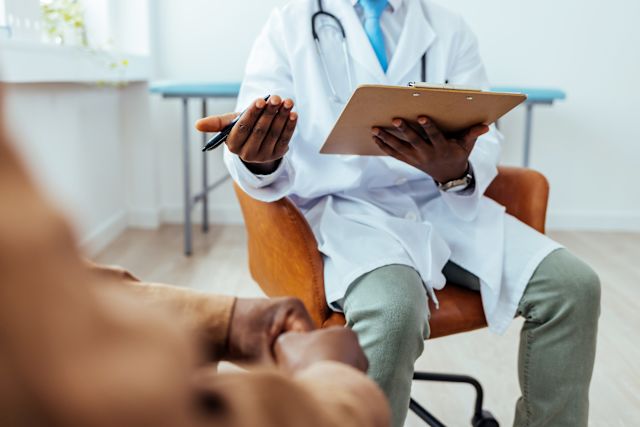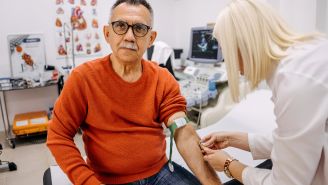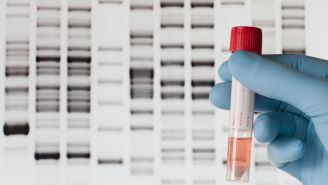Updated on October 28, 2025.
Acute myeloid leukemia (AML) is a cancer that begins in the bone marrow and affects the production of blood cells, including red blood cells that carry oxygen to your tissues, white blood cells of your immune system, and platelets that help your blood clot. Like any cancer diagnosis, a diagnosis of AML can feel overwhelming. AML is a complex disease, and people who are diagnosed with AML and their loved ones must absorb a lot of information—about diagnostic tests and the results of those tests, about the different subtypes AML, about the treatment options and how treatment works.
Your best source of information will be your healthcare providers (HCPs)—your oncologists (doctors who specialize in treating cancer), nurses, social workers, and other specialists on your team. Treatment for AML is typically overseen by a hematologist-oncologist, a medical doctor who specializes in the treatment of blood cancers.
AML is a type of cancer that grows rapidly, and in most cases, a person with AML will want to begin treatment as soon as possible. Below are essential questions to ask your HCPs when you are starting a new treatment or a new phase of treatment for AML.
What subtype of AML do I have?
AML can be categorized into specific subtypes based on characteristics like genetic mutations, the presence of certain proteins on the surface of cancer cells, and the appearance of the cancer cells under a microscope. Identifying the subtype of AML is a crucial piece of information because it can help your healthcare team determine what treatments are likely to be effective.
What treatment do you recommend?
Treatment will depend on the subtype of AML a person has, plus other factors—the results of other tests, their age and overall health, the phase of treatment, and previous treatments that have been used. Chemotherapy, radiation therapy, targeted therapies that identify specific changes on cancer cells and destroy them, and stem cell transplants (receiving healthy blood-forming cells to replace one that are not functioning well) are all used in the treatment of AML, but treatment will be different from person to person.
Here are questions to ask every time you are beginning a new therapy:
- How does this treatment work and why is it recommended for this subtype of AML?
- How is the medication administered? For example, some medications are given with an infusion (IV) directly into a vein and others are taken as pills.
- What is the dosing schedule?
- How long will this treatment last?
- What happens after this part of treatment concludes?
- What will life be like while taking this treatment? How will it affect your ability to work, to do everyday tasks, to eat and take care of yourself?
- What does this treatment cost?
- What are your options if this treatment doesn’t work?
Always know the name and dosage of every medication you are prescribed.
What are the possible side effects?
Cancer treatments cause side effects, and it’s important to discuss side effects before starting treatment. Ask your HCPs:
- What side effects are common with this treatment?
- Is there a risk of serious side effects?
- What can be done to reduce or manage side effects?
- What changes—such as in symptoms or in how you feel—should you watch for? When should you contact your HCPs? When should you seek emergency care?
What resources are available?
Living with cancer is challenging. Some of the challenges are emotional—like coping with feelings of stress, sadness, anger, or frustration. Other challenges are practical—like needing a ride to a chemotherapy appointment or needing help to reduce the cost of treatment. Talk to your HCPs about what you need from treatment and the resources that can help, such as working with an oncology social worker or participating in a support group.






